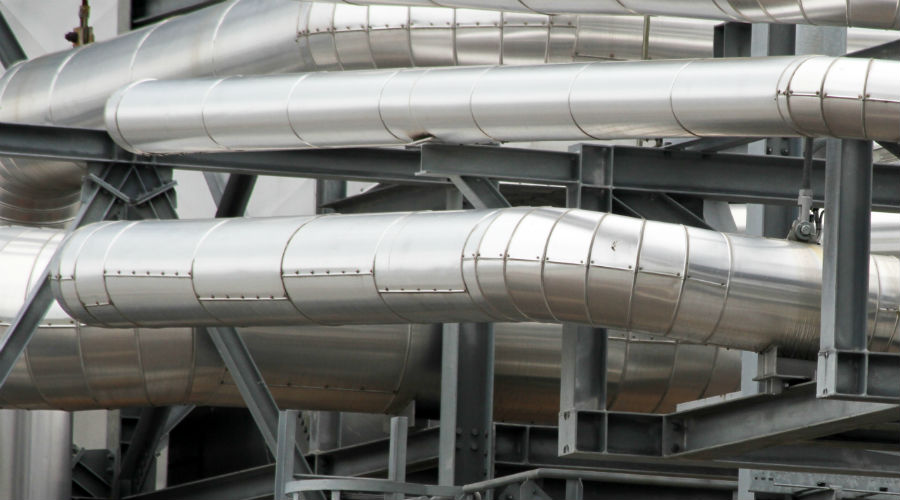Round 5 Sites
In early July the Crown Estate (CE) provided a market update on the Celtic Sea floating offshore wind (FLOW) leasing round, following engagement with stakeholders. The leasing round is expected to launch following the publication by CE of an Information Memorandum later this year.
The market update set out details about the anticipated structure of the leasing round, which is going to be 'Round 5. CE indicated that it has adapted its approach to focus on two of the refined areas of search it had previously identified in October 2022 for the initial leasing round. As a result, CE is now minded to include in the initial leasing round four project development areas (PDAs) of between 0.9GW to 1.3GW each in what is referred to as area of search 2, being the area closest to the Cornish and Welsh coasts.
As well as details of the proposed PDA buffer zones and turbine exclusion zones, details of the proposed leasing process were set out. It is intended that leases will be awarded to at least 3 different tenderers for the 4 PDAs.
Integration Port Commitment
Of particular interest to the ports sector, CE announced a new strong emphasis on the ports component of delivery of FLOW in the Celtic Sea. This follows feedback received by the CE that no ports in the vicinity of the site are currently able to support the integration activities required by FLOW but that the establishment of such integration facilities is on the critical path for delivery of the Round. The CE wishes to see an early commitment by bidders to ports to support the timely delivery of infrastructure.
As such, following pre-qualification, at the first invitation to tender stage, bidders will have to respond to specific questions regarding integration ports for the FLOW build-out. They will have to produce a clear plan that describes how the bidder intends to develop a relationship with a proposed integration port or ports. The CE indicated that is minded to include within this a requirement to demonstrate contractual commitments from the bidder to the proposed integration port(s) so that the CE can have confidence that the bidder can deliver the necessary development of the integration port(s) in the necessary timeframe.
Bidders must evidence:
- which port(s) infrastructure they plan to utilise;
- a time-based plan to ensure timely access to preferred port(s); and
- evidence of timely and appropriate action taken to secure access and capacity.
The CE emphasised that the integration port statement should set out the plan for commitment to the identified integration port(s), rather than the technical detail of the necessary upgrades to the port etc and the CE does not wish to be prescriptive as to the nature of the arrangements with the ports.
In due course however, tenders may wish to consider whether to include the authorisation for necessary works in their applications for development consent for the FLOW site. That will in part depend on timescales and to what extent the integration port facilities need to be commenced ahead of development consent grant. In this respect, it is notable that the recently consulted draft national policy statement (NPS) on Offshore Renewables could provide much better policy support for such port development – see further here.
This statement on integration ports replaces the previous need for a supply chain statement.
Social Value
The second important change of emphasis in the tendering approach is a clear requirement to evidence social value, based on the UK Government's Social Value Model, across employment and skills; environmental benefits; working with communities; and tackling inequalities. Commitments for successful bidders will be monitored to ensure that ambitions are realised.
Habitats
The CE announced last year that it was looking to accelerate development timelines and reduce risk for developers in Round 5 drawing on experience of earlier leasing rounds. One aspect of this is the decision by the CE to bring forward a plan-level Habitats Regulations Assessment for the areas of search ahead of market tender. It is not likely however, that that Assessment will be in a position to include the potential habitats impacts of any necessary upgrades at the integration ports given the CE will not know at this stage which ports will be identified in the developers' integration ports plans (even if it can speculate) or the works required.




